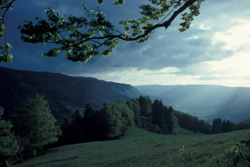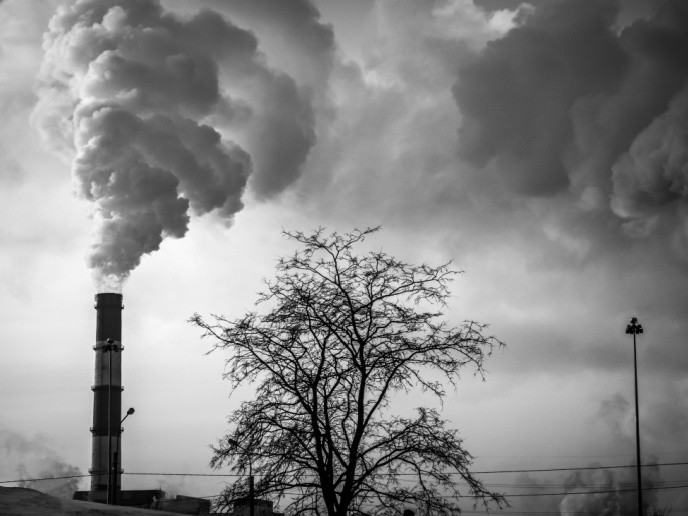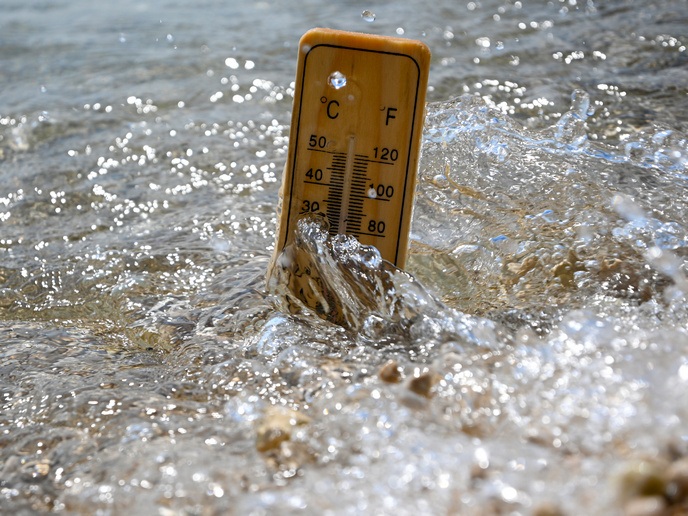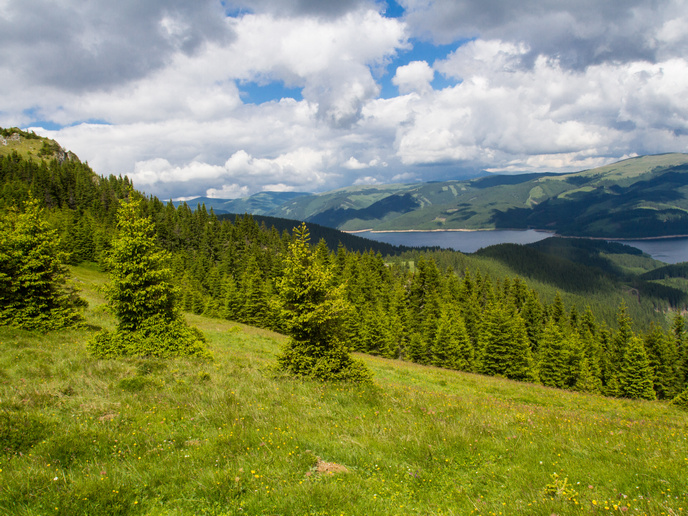Lake level study into past climatic variations
Research from European lakes and peat bogs has provided first-rate information on sudden changes in the climate over the last 6 000 years. The new data was used to develop better climate models and to inform EU policy. The ACCROTELM project collected results from radiocarbon dating, tree-ring analysis and sediment samples from lakes in the Jura Mountains, the French prealps and the Swiss plateau. The information was used to create a historical record for water levels in European lakes. The results indicated an unstable climate interspersed with periods of higher lake levels. The data also showed that solar activity played an important role in changes in climate in the area of the North Atlantic. Studies into glacier records in the Swiss Alps demonstrated corresponding fluctuations with variations in lake levels. A detailed analysis of Lake Joux in the Jura Mountains was undertaken. The result was a comprehensive account of environmental changes with regard to lake level and vegetation cover, over the last one thousand years. Sediment samples from Lake Joux were also studied. These provided a detailed record of the transition from the late Medieval Warm Period (MWP), a time of unusually warm climate in the North Atlantic region. The (MWP) was followed by the period of cooling known as the Little Ice Age (LIA). Results for the late MWP show low lake levels compared to those for the LIA which indicated higher lake levels. The results were compared with radiocarbon data which provided an insight into variations in solar activity in the past. The results showed that minimum levels of solar activity corresponded with higher lake levels.







